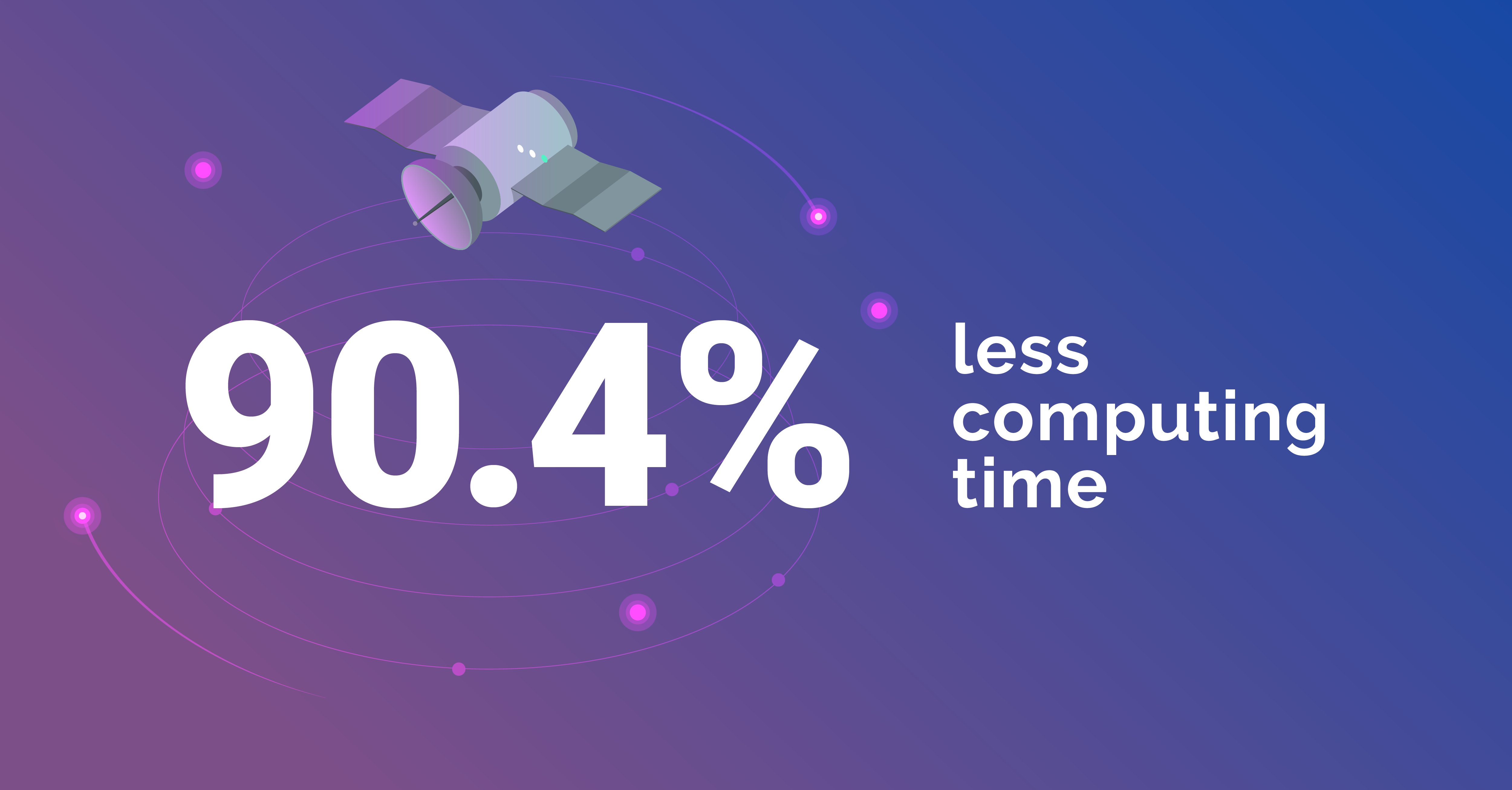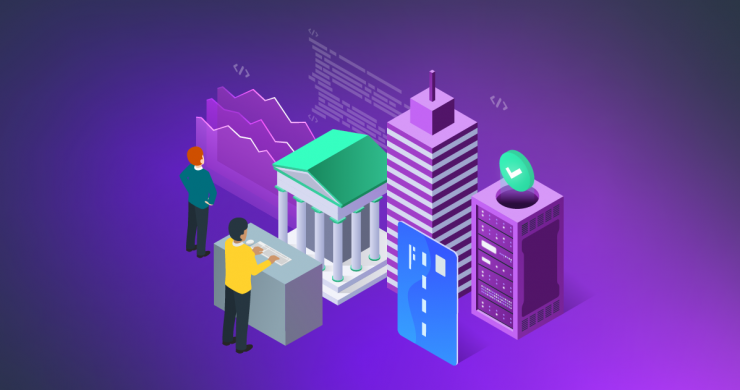Employing Deep Learning for rapid analysis in universe exploration

Deep Learning is useful in a huge variety of industries, from detecting tumors to energy generation, and even exploring the universe.
Discover how we used it to streamline systems for a European Space Agency research group as they searched for the crucial elements needed for life.
First, what exactly is Deep Learning?
To start broadly, Deep Learning is a kind of machine learning, which is a type of artificial intelligence.
A.I. is the ability of a machine to imitate intelligent human thought and behavior. Machine Learning allows A.I. to learn and improve from its own experience. Deep Learning is a kind of Machine Learning that imitates the way human beings learn and attain knowledge.
Deep Learning is extremely helpful in reducing computing time in data science. It can accurately imitate extremely complex mathematical systems, to quickly predict results from data inputs, through predictive modeling. It is ideal for projects with a large amount of historical data and those that are based in physics or chemistry.
The project
One of the European Space Agency’s research groups uses a technology called Spectral Energy Distribution (SED) to analyze proto-solar systems, using complex mathematical systems to look for the crucial elements needed for life. As there are hundreds of parameters to be tested, each analysis took 52 hours.
The goal? Reduce their computing time while maintaining accuracy.
The client had a high volume of historical data, so we chose Deep Learning as the best tool for this outcome.
To begin, we collated all the relevant data, such as inputs and results of past experiments. We then trained Deep Learning models with this data, applied them to new SED datasets, and measured their performance and accuracy. After training and testing the models, we embedded the solution into the client’s workflow for astrophysicists to use.
With the new Deep Learning solution in place, the same experiment that used to take 52 hours, now takes only 5.

This is 90.4% less computing time, with an equally accurate result.
Want to know more about this project? Read the full case study.

Get the latest roundup of the most important, interesting and stories from the past week. In your inbox every Saturday by 10am.
Related Articles you might like
Key Strategies for Financial Institutions to Unlock AI Value
In the financial services sector, artificial intelligence (AI) is often heralded as a transformative force capable of revolutionizing everything from […]
View Blog PostIntelygenz President Chris Brown Shares Vision to Revolutionize Finance in FinTech Magazine
Intelygenz President Chris Brown was recently featured in an in-depth interview with FinTech Magazine, in which he outlined his mission […]
View Blog PostBridging the gap: From AI concepts to production success
In recent years, the conversation around artificial intelligence (AI) has shifted from theoretical possibilities to tangible realities. As businesses strive […]
View Blog Post

